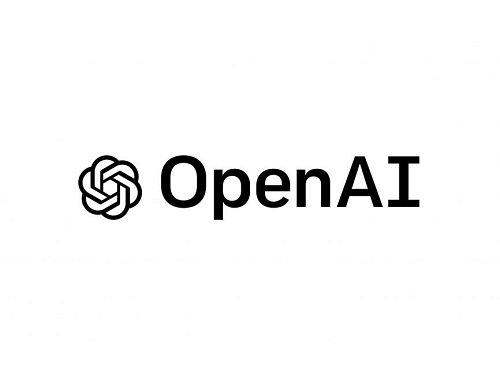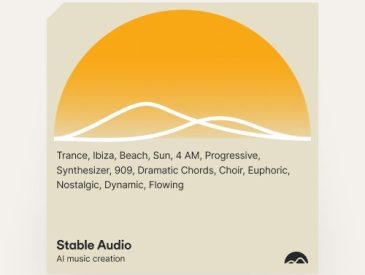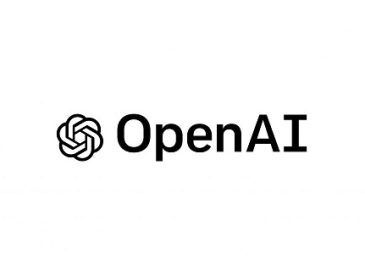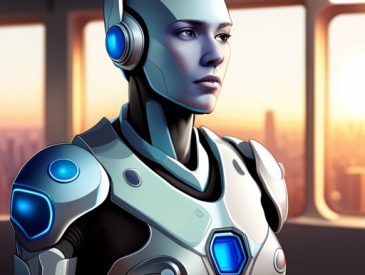Heralding a new era in video creation, Sora by OpenAI transforms text into dynamic visual narratives, reshaping storytelling as we know it.
OpenAI’s latest venture, Sora, introduces a new dimension to video creation through its ability to translate text into immersive visual narratives. This innovative tool has generated substantial interest within the tech community, offering a glimpse into the future of AI-driven content production.
With its promise to revolutionize storytelling and visual communication, Sora presents intriguing possibilities for various industries. Its potential impact on media production and creative expression is a topic ripe for exploration, beckoning a closer examination of the implications and potential applications of this cutting-edge technology.
Key Takeaways
- Sora generates dynamic videos up to 60 seconds long from text prompts.
- The tool simulates realistic scenes, characters, and emotions with intricate details.
- Sora is designed to comply with OpenAI’s terms, excluding violent or hateful content.
- OpenAI offers limited access to Sora for researchers, artists, and filmmakers.
Sora: Innovative Video Generation Tool
Sora, the cutting-edge video generation tool developed by OpenAI, revolutionizes the creation of dynamic videos through its advanced capabilities and user-friendly interface. By seamlessly transforming text prompts into realistic footage up to 60 seconds long, Sora empowers users to craft engaging visuals effortlessly.
This innovative tool can generate videos based on various elements such as subject matter, style, still images, and even extend existing footage, offering a wide range of creative possibilities.
With its ability to produce detailed scenes, intricate camera motions, and vibrant emotions portrayed by multiple characters, Sora sets a new standard in video generation technology. Its intuitive design and powerful features make it a valuable asset for filmmakers, visual artists, and researchers seeking to bring their ideas to life through dynamic visual storytelling.
Introducing Sora, our text-to-video model.
Sora can create videos of up to 60 seconds featuring highly detailed scenes, complex camera motion, and multiple characters with vibrant emotions. https://t.co/7j2JN27M3W
Prompt: “Beautiful, snowy… pic.twitter.com/ruTEWn87vf
— OpenAI (@OpenAI) February 15, 2024
Sora’s Unique Video Capabilities
With a focus on pushing the boundaries of video generation technology, Sora’s unique capabilities redefine the landscape of visual storytelling tools. Sora stands out for its ability to produce videos up to 60 seconds in length, featuring highly detailed scenes with complex camera motion and vibrant emotions from multiple characters.
The tool excels in simulating physical world motion, aiding users in solving real-world interaction problems through dynamic visual storytelling. Sora’s videos exhibit vivid colors, cinematic styles, and adhere closely to specific user instructions, making it a versatile and powerful tool for creating engaging visual content.
Its compliance with OpenAI’s terms of service also ensures that the generated videos maintain ethical standards by restricting content like extreme violence or hateful imagery.
https://t.co/uCuhUPv51N pic.twitter.com/nej4TIwgaP
— Sam Altman (@sama) February 15, 2024
Sora Vs. Other AI Tools
In comparison to other AI tools in the market, Sora’s video generation capabilities set a new standard for realism and complexity. While OpenAI previously released tools like Dall-E and ChatGPT, the unique feature of Sora lies in its ability to create videos with highly detailed scenes, complex camera motions, and multiple characters displaying vivid emotions.
Other AI companies such as Google and Meta are also working on generative video tools, but their capabilities remain limited and have not been publicly available. Sora stands out for its advanced capabilities in simulating physical world motion and producing videos that adhere closely to user instructions, showcasing vibrant colors and cinematic styles. This positions Sora as a cutting-edge tool for generating dynamic and engaging video content.
Legal Considerations in Sora’s Training
What legal factors were taken into account during the training of Sora, OpenAI’s video generation tool? OpenAI’s training of Sora likely involved meticulous consideration of copyright laws and intellectual property rights. The company may have sourced training data from publicly available content or obtained licenses from copyright holders to prevent infringement issues. Given OpenAI’s history of legal challenges related to copyright violations in training its AI models, ensuring compliance with intellectual property regulations was crucial.
Moreover, as Sora is designed to replicate motion in videos, legal frameworks governing the use of motion data and simulations may have been integral to the training process. OpenAI’s commitment to upholding legal standards while developing innovative AI technologies underscores the importance of ethical and legal considerations in training Sora.
Sora’s Advanced Motion Simulation
Sora’s advanced motion simulation capabilities revolutionize video generation by intricately replicating physical movements with unparalleled precision. This innovative feature enables users to create dynamic videos that realistically portray various actions and interactions.
By accurately simulating the physics of movement, Sora enhances the authenticity of generated content, making it suitable for a wide range of applications, from entertainment to educational purposes. The tool’s ability to simulate intricate gestures, expressions, and environmental dynamics adds a layer of realism that sets it apart in the realm of AI-generated video production.
With Sora, users can expect videos with lifelike motions, fluid transitions, and nuanced details that contribute to a more immersive viewing experience.
Access to Sora and User Limitations
Access to the innovative video generation tool, Sora, is currently limited to a select group of researchers, visual artists, and filmmakers. OpenAI has provided exclusive access to these professionals to explore the capabilities of Sora and contribute to its development.
CEO Sam Altman has showcased video clips generated by Sora in response to user prompts on social media platforms like Twitter. However, the general public currently does not have direct access to Sora.
This limited availability ensures that Sora is utilized by individuals with expertise in video creation and AI technology, allowing for valuable feedback and insights to enhance the tool’s functionalities before wider distribution.
Sora’s Compliance With Terms of Service
OpenAI’s tool, Sora, demonstrates a commitment to upholding strict guidelines outlined in the company’s terms of service. By adhering to these guidelines, Sora ensures that the videos it generates align with OpenAI’s ethical standards and legal requirements.
Sora’s compliance with the terms of service prohibits the creation of content containing extreme violence, hateful imagery, or other objectionable material. This commitment to responsible usage underscores OpenAI’s dedication to promoting positive and safe interactions within the AI-generated content space.
Users can trust that Sora’s video generation capabilities prioritize ethical considerations, providing a platform where creativity can flourish within the boundaries of respect and integrity.
Sora’s Future Development Plans
Moving forward, OpenAI aims to enhance Sora’s capabilities through innovative development strategies in the field of AI-generated video production.
The company plans to focus on improving Sora’s ability to generate longer and more complex videos with enhanced realism and detail. OpenAI intends to explore ways to expand Sora’s repertoire of scenes, characters, and emotions, making it even more versatile for users across various industries.
Additionally, the development team is working on refining Sora’s understanding of complex user instructions to ensure precise video output that aligns with the user’s vision.
Sora’s Impact on Visual Media
Sora’s integration into visual media production has revolutionized the landscape of content creation through its advanced video generation capabilities. By enabling users to transform text prompts into dynamic videos, Sora has significantly impacted how visual content is produced.
Its ability to generate realistic footage up to 60 seconds long based on specified instructions has streamlined the video creation process for filmmakers, visual artists, and content creators. Sora’s influence on visual media is evident in its capacity to produce videos with detailed scenes, complex camera motions, vibrant emotions displayed by multiple characters, and adherence to specific user preferences.
This tool has opened up new possibilities for storytelling, branding, and creative expression in the realm of visual media production.
Get ready to dive into a world of AI news, reviews, and tips at Wicked Sciences! If you’ve been searching the internet for the latest insights on artificial intelligence, look no further. We understand that staying up to date with the ever-evolving field of AI can be a challenge, but Wicked Science is here to make it easier. Our website is packed with captivating articles and informative content that will keep you informed about the latest trends, breakthroughs, and applications in the world of AI. Whether you’re a seasoned AI enthusiast or just starting your journey, Wicked Science is your go-to destination for all things AI. Discover more by visiting our website today and unlock a world of fascinating AI knowledge.





